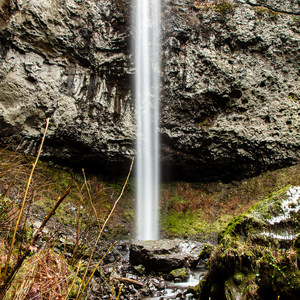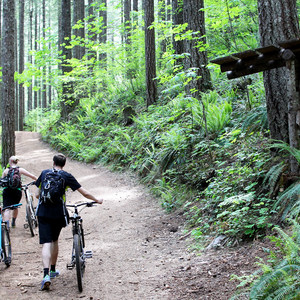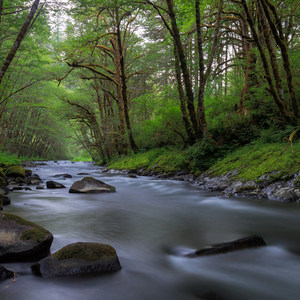To visit Fort Yamhill State Heritage Area is to acknowledge the troubling past and sobering interactions between early American settlers and Native Americans. In the mid-1840s, settlers began moving into the Willamette Valley in fairly significant numbers, motivated by a search for land. By 1850, Native Americans were moved onto reservations, and all non-reservation "Indian Land" was redistributed to settlers. Twenty-seven tribes and bands, most famously those of the Grande Ronde, signed treaties with the United States government, trading their homeland for education, materials, life on a reservation, and other promises, many of which went unfulfilled. Additionally, hostility toward Native Americans had grown fierce - the murders of southern Oregon Native Americans was called a "war of extermination" by Joel Palmer, the Superintendent of Indian Affairs in Oregon at that time. This desire to mediate interactions between settlers and Native Americans prompted the establishment of Fort Yamhill.
Site construction began in 1856, and was positioned strategically along a demarcation line separating the settlers and Native Americans, and near the Grande Ronde Reservation. The movement of Native Americans, who traditionally traveled from the coast to the Willamette Valley via the Killimuck Trail, could be monitored from the site. The site was staffed by military soldiers until 1861, when the Civil War began. The site closed in 1866, due to its lack of military significance, and its buildings were auctioned off.
The land was intermittently farmed and allowed to rest until 1971, when the fort was listed to the National Register of Historic Places. In 2006, Oregon Parks and Recreation opened the site to the public, and started restoration on the Officer's Quarters, one of the only original buildings remaining. Visiting today, one can take a short hike through the site, where the locations of former buildings are noted with markers. From the peak of the site, the view of the sacred Spirit Mountain beyond the boundary of Fort Yamhill offers perspective into the area's mixed history.
























Comments
Sign In and share them.